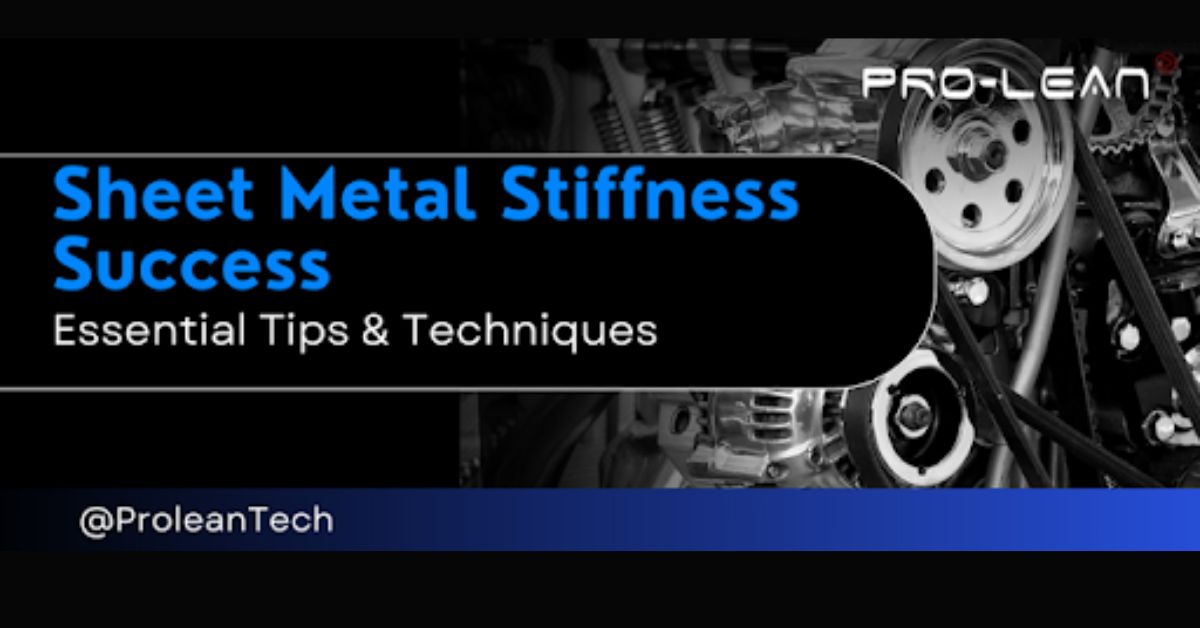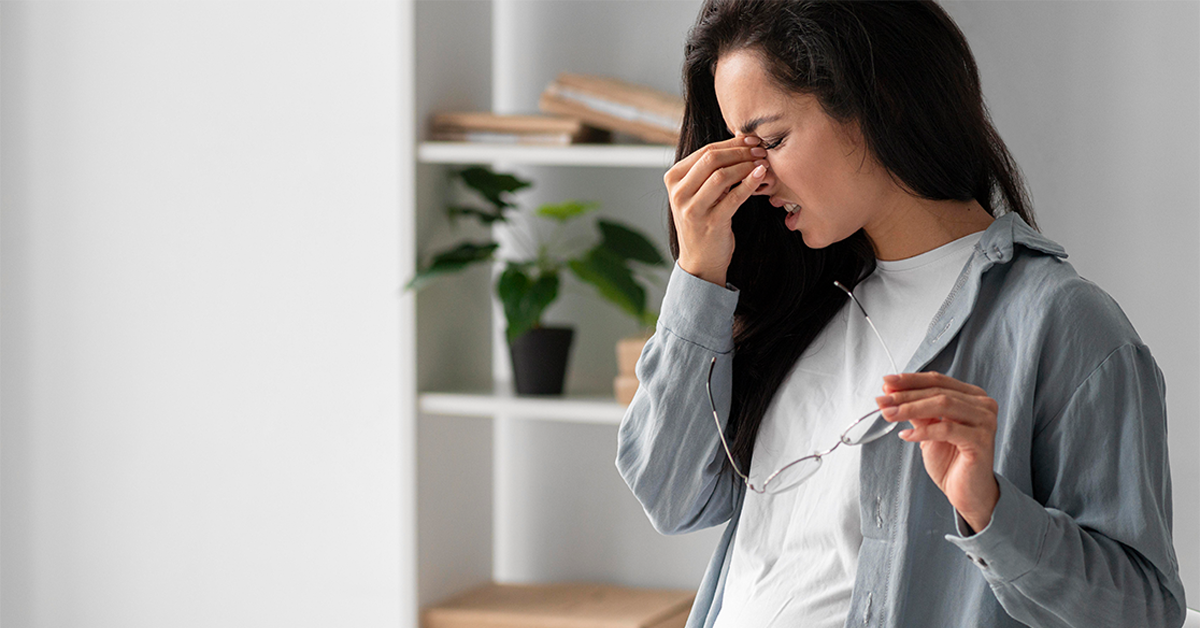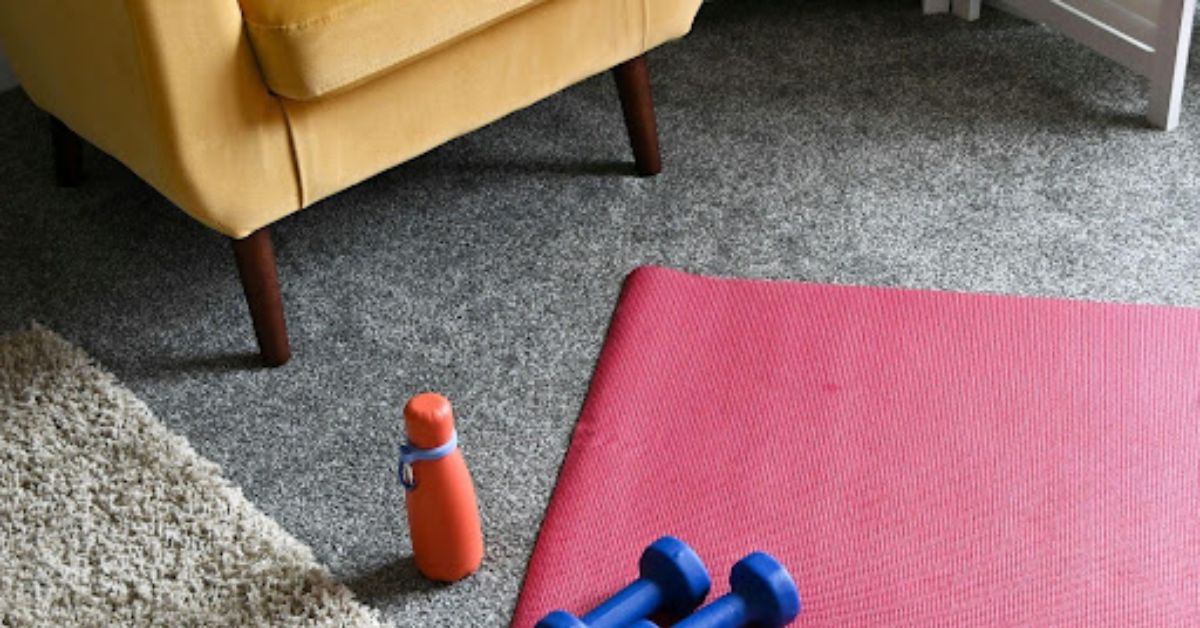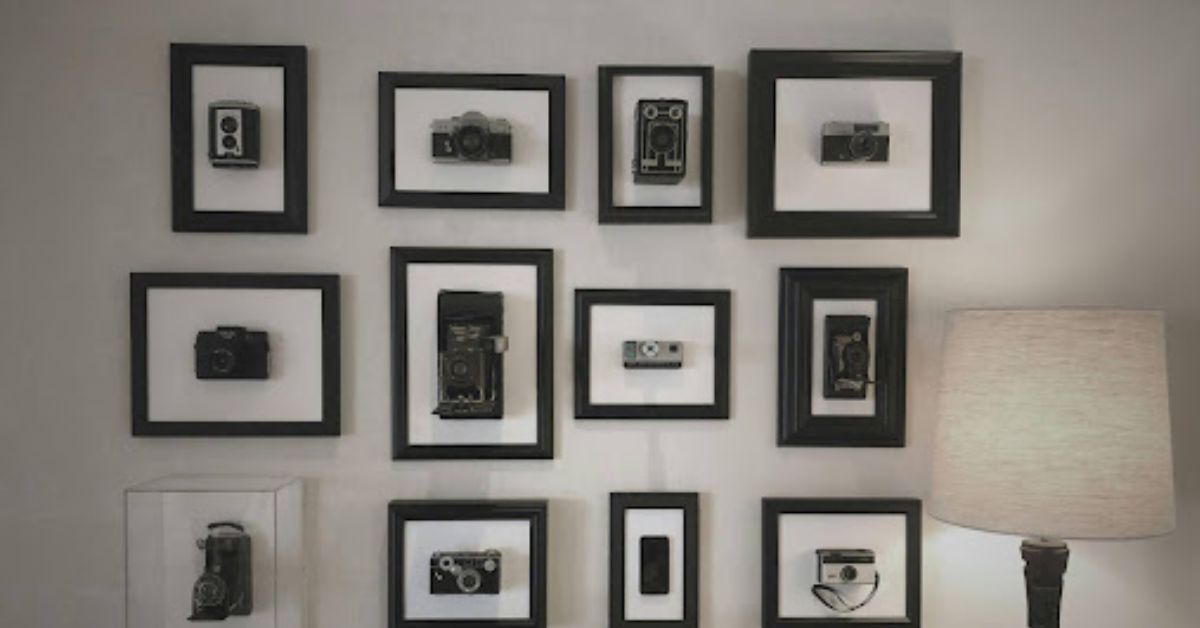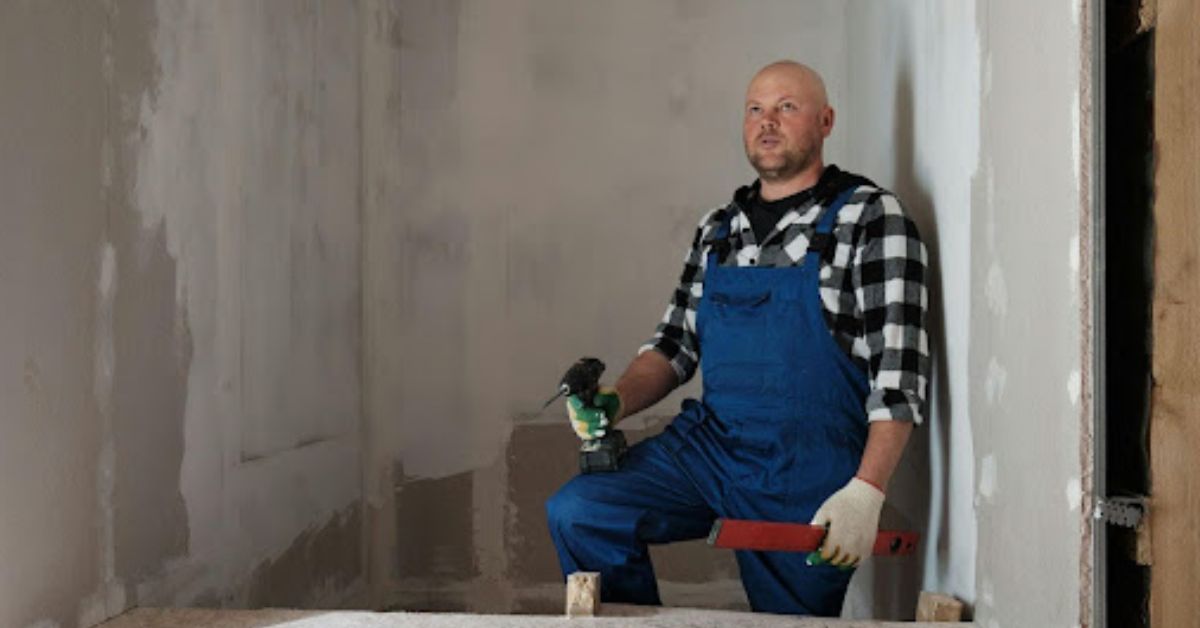Digital nomads are known for mobility, adaptability, and freedom. With just a laptop and a backpack, they traverse continents, balancing work and exploration. But behind this fluid lifestyle is a core principle that often goes unspoken: intentional simplicity. Interestingly, the same philosophy can be found in an unlikely place—the minimalist garage.
At first glance, garage minimalism may seem irrelevant to someone who doesn’t stay in one place for long, let alone own a car. But the deeper philosophy behind it—purpose-driven ownership, streamlined organization, and an emphasis on essentials—is profoundly relevant to the nomadic lifestyle. And for nomads who do maintain a home base, vehicle, or camper van, there’s an even more direct connection. Even car care products can reflect this minimalist mindset. For example, using ceramic car coating eliminates the need for multiple detailing products by offering long-lasting protection in one solution.
Let’s explore how digital nomads can take inspiration from garage minimalism—not just in how they organize gear, but in how they structure their entire work-life flow.
The Myth of “Pack Light, Live Simple”
The phrase “pack light” is practically a mantra among digital nomads. But many find out quickly that minimal packing doesn’t always lead to a minimalist lifestyle. Cramming too many just-in-case gadgets into a carry-on doesn’t promote simplicity—it just creates new forms of clutter.
Garage minimalism approaches this issue differently. It’s not about owning less for the sake of it, but about owning the right things for the right reasons. In a well-organized garage, every item has a function, and every tool has a home. There’s no wasteful duplication, no tools that only serve one impractical purpose, and no space for things that don’t pull their weight.
Digital nomads can adopt this mindset when choosing their tech, clothes, and tools. Do you really need four charging cables? Is that travel drone worth the space it consumes in your backpack? Like in a minimalist garage, if it doesn’t serve multiple purposes or deliver consistent value, it’s better left behind.
Build Systems, Not Storage
The most functional garages aren’t necessarily the ones with the most shelves—they’re the ones with the best systems. Tools are arranged by task, not just size or frequency of use. Detailing supplies are grouped by function, and maintenance gear is easy to find when needed.
Nomads who work remotely, often from unfamiliar environments, need similar systems. This could be as simple as creating a “mobile office” kit—laptop, headphones, hotspot, chargers, external battery—that’s always packed the same way. Or setting up a cloud-based system for file management and communication, so work continues seamlessly regardless of location.
It’s not about where you store things. It’s about how you retrieve and use them efficiently. That’s the power of system-based organization over mere storage—a lesson pulled directly from the best garages.
The Power of a Pre-Departure Routine
Before a road trip or vacation, garage minimalists often perform a quick sweep of their vehicle. They check tire pressure, refill washer fluid, and clean the windshield. It’s not a chore—it’s a pre-journey ritual that prepares both the vehicle and the driver for the road ahead.
Digital nomads can benefit from adopting similar rituals. Before switching locations, take time to back up data, clean out your backpack, reassess what you’ve used (and what you haven’t), and organize for the next phase of travel. Having that same mental reset not only reduces stress but builds consistency across very different environments.
It also reduces the odds of leaving things behind, double-packing items, or discovering your laptop’s battery is dead just before a meeting. Preparation is freedom in disguise.
Maintain Your Tools Like a Garage Minimalist
In the garage, tools that are well cared for last longer and perform better. The same goes for digital gear. Laptops, cameras, phones, and portable monitors should be treated with the same reverence as a mechanic treats their torque wrench.
Wipe your gear down weekly. Use cases that actually protect your devices, not just make them look good. Perform regular software updates, back up your files, and keep cables properly coiled and organized.
The minimalist garage doesn’t house broken or poorly maintained equipment—neither should your pack. You’re only as mobile as your most essential tool allows.
Quality Over Quantity
Photo by Aleh Tsikhanau on Unsplash
The best garages aren’t filled with dozens of tools—they’re stocked with a curated selection of high-quality gear that serves multiple purposes. A reliable power drill, a strong LED light, a torque wrench—they all stand in for lesser alternatives that eventually fail.
Nomads are often tempted by lightweight or cheaper gadgets that promise space-saving miracles. But minimalism doesn’t mean choosing the smallest—it means choosing the most functional. Opt for the laptop that gets 12 hours of battery life. The backpack that won’t break after two countries. The shoes you can wear in both the mountains and the city.
Similarly, in the context of car care for those who travel by van or keep a vehicle at their home base, investing in multi-use products like ceramic car coating streamlines upkeep. One product replaces several—wax, sealant, polish—and saves time, money, and storage space.
Mindful Design Translates Across Spaces
Minimalist garages are often designed for both function and visual calm. Clean lines, uncluttered surfaces, and neutral tones foster focus and ease of movement. They’re not just efficient—they’re pleasant places to work in.
Digital nomads can bring this same intentional design into their temporary workspaces. Whether you’re in a co-working space in Lisbon or a corner café in Bangkok, the way you arrange your gear affects your workflow. Keeping your digital and physical spaces tidy fosters mental clarity, and maintaining a minimalist visual aesthetic—where your tools support your focus—can improve both productivity and emotional well-being.
It doesn’t matter if your “desk” is a hostel bunk or an AirBnB dining table. You’ll feel more in control when everything has a purpose and place.
Leaving Room for Flexibility
Perhaps the most overlooked lesson from garage minimalism is this: don’t fill every shelf just because it’s there. Empty space is valuable. It allows room to move, change, and grow.
As a digital nomad, this lesson is critical. Don’t cram your schedule or your bag full of “maybe” plans and “just-in-case” items. Leave space in your itinerary. Leave room in your pack. Travel light not only in weight—but in expectation.
It’s this flexibility that often leads to the most memorable experiences, the best connections, and the deepest learning.
For Nomads Who Do Drive
Not every nomad flies from city to city. Many travel by van, car, or camper—especially in countries like the U.S., Australia, or parts of Europe. For those living the vanlife or RV lifestyle, garage minimalism becomes even more applicable.
With limited space and high exposure to the elements, your vehicle becomes your office, storage, and home. Here, the value of things like ceramic car coating becomes clearer. It reduces the need for frequent washes, protects against harsh climates, and maintains exterior aesthetics with minimal effort.
Less time cleaning, more time exploring—that’s the kind of practical minimalism every nomad can appreciate.
Beyond the Garage: A Philosophy of Enough
At its heart, garage minimalism isn’t about garages. It’s about clarity, discipline, and value-driven decisions. It’s about investing in systems, maintaining your tools, and letting go of the unnecessary. It’s about removing friction from your routines so you can focus on what truly matters.
Digital nomads live this way by nature—but often without structure. By borrowing the intention and organization of garage minimalism, they can elevate their lifestyle from reactive to proactive. From chaotic to considered. From cluttered to free. And for further insights into smart, sustainable gear care and workspace setup, check out the U.S. General Services Administration’s Sustainable Facilities Tools, which offer useful frameworks for organizing, maintaining, and optimizing small spaces. Because whether you’re in a van, a hostel, or a coworking loft, the less you carry, the more you gain.


